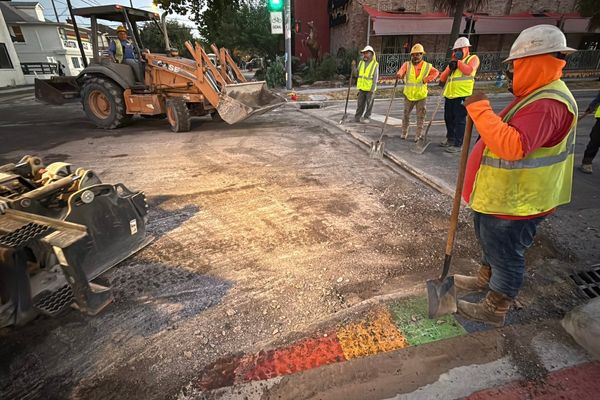
Cycling's governing body, the UCI, will move to ban the use of carbon monoxide in the sport, on health grounds, it announced on Thursday.
Previously, the UCI has called for the World Anti-Doping Agency (WADA) to take a position on carbon monoxide inhalation, after the use of the practice emerged at this year's Tour de France.
A press release said that the UCI will propose to its management committee that carbon monoxide use is banned, apart from in a medical setting. A decision will be made at the end of January.
An Escape Collective investigation towards the end of the 2024 Tour’s second week introduced the concept of CO inhalation to the wider public, detailing how athletes across various sports are turning to the technique to optimise their altitude training and potentially improve their body’s blood levels.
At the Tour, both Tadej Pogačar (UAE Team Emirates) and Jonas Vingegaard (Visma-Lease a Bike) confirmed their previous use of carbon monoxide rebreathing, which is not banned by WADA.
UAE Team Emirates confirmed this week that they no longer use carbon monoxide.
A UCI press release said: "Carbon monoxide is a toxic, odorless gas that is often a cause of household accidents. Inhaled in low doses and under strict safety conditions, the gas is used in medicine as a tracer to measure the pulmonary diffusion of oxygen or of the total hemoglobin mass. However, when inhaled repeatedly in non-medical conditions, it can cause side effects such as headaches, fatigue, nausea, vomiting, chest pain, breathing difficulties, and even loss of consciousness.
"The UCI considers that these health side effects, and the complete lack of knowledge about the long-term effects of repeated inhalation of carbon monoxide, justify a ban on the use of this gas due to medical reasons. Its use in a medical setting, by qualified medical personnel, and within the strict context of assessing total haemoglobin mass, would, however, remain authorised."
Last month, a press release for the UCI's WorldTour and Women's WorldTour Seminar in Nice, revealed that the discussion of carbon monoxide inhalation came up during an update on medical issues.
The release reads: "Seminar participants were also brought up to date on the current knowledge of the effects on performance of repeated carbon monoxide (CO) inhalation. The UCI clearly asks teams and riders not to use repeated CO inhalation. Only the medical use of a single inhalation of CO in a controlled medical environment could be acceptable.
"The UCI is also officially requesting the World Anti-Doping Agency (WADA) to take a position on the use of this method by athletes."
Using an expensive device called a carbon monoxide rebreather, CO rebreathing is a measurement tool that enables athletes to monitor key blood values such as haemoglobin levels, and it is usually carried out at the start and finish of an altitude camp, where the numbers of red bed cells naturally increase. Several squads at the Tour have confirmed they have done this.
Additionally, the same device can also be used for carbon monoxide inhalation, which is the process of inhaling a precise amount of the poisonous gas for the purpose of performance enhancement. There is no evidence of WorldTour teams doing this, but growing research suggests that CO inhaling can significantly improve an athlete’s aerobic capacity, such as their VO2 max.
In July, UAE Team Emirates denied using the practice for "unethical purposes".
“Carbon monoxide rebreathing is a method to assess total haemoglobin mass and has been used in altitude training and research for over 20 years. It is a well established, safe, professional method that is backed by a very large amount of research,” a statement read.
"We measure the haemoglobin mass at the start of an altitude training camp and at the end of the camp. In this way we minimise our athlete’s exposure to carbon monoxide and not the other way around. Any links to our team using this type of technology for unethical purposes are being made without any merit and without any facts or evidence to support them."







